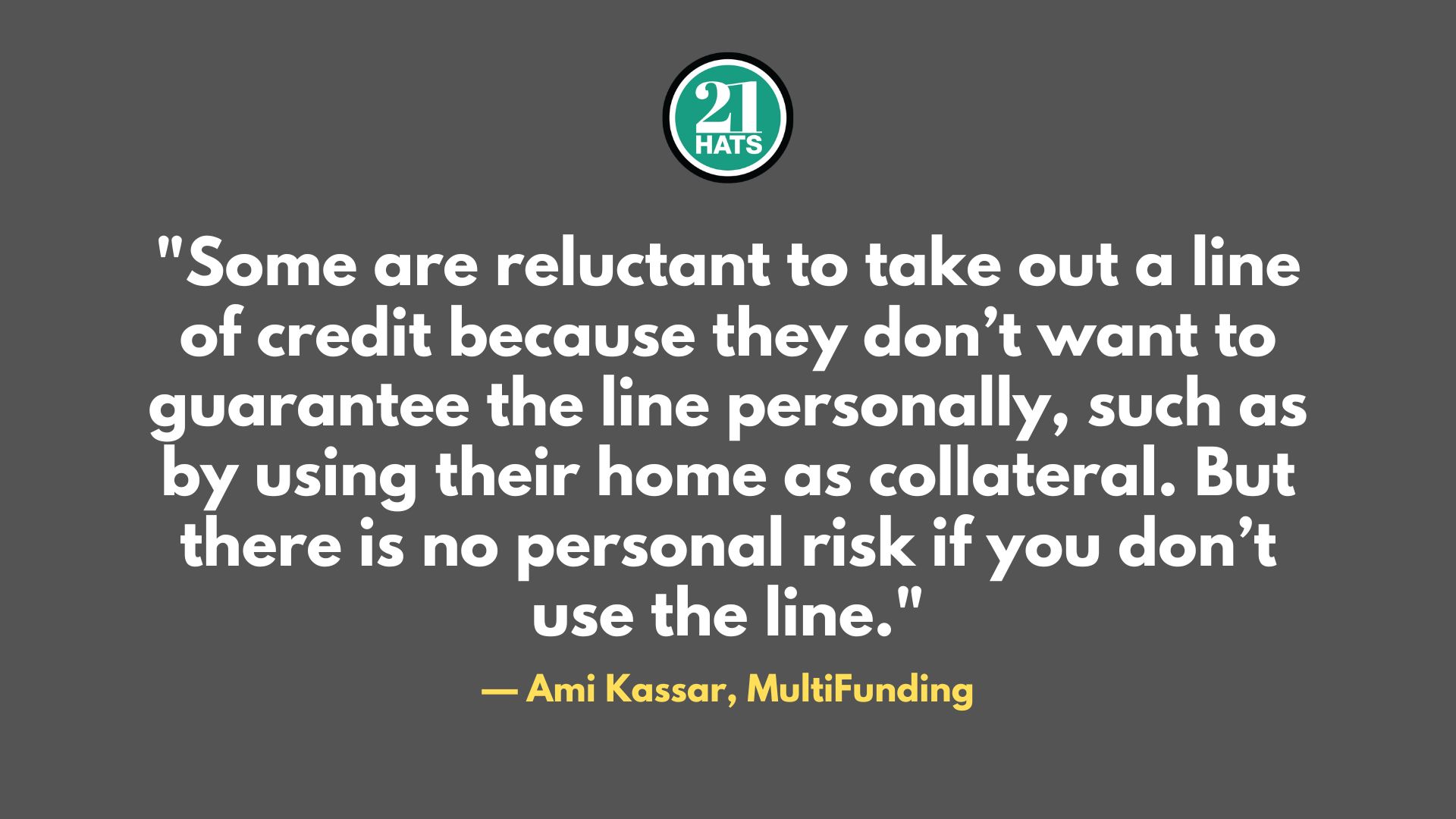The Economic World Is Shifting Once Again

Trade wars may be beyond the control of business owners, but there are things owners can control.
By Ami Kassar
The speed of change over the past few months has been hard to comprehend. The many changes will have different impacts on different businesses. As always, there will be some winners and some losers. Meanwhile, many entrepreneurs are lying awake at night trying to figure out what it all means and what, if anything, they can do: Should they try to change suppliers? Should they move production onshore? Should they increase inventory? For many, the answers are not clear, and the cheese keeps moving.
I don’t have the answers for what everyone should or shouldn’t do about the new tariffs and their impact on the economy. But I can try to offer some insight and perspective on how to think about your financing strategy during these uncertain times.
When I give my talks, I often display a picture of two football players ready to kill each other. One is on offense, the other is on defense. The point of the image is to suggest that every successful company needs good offensive and defensive strategies. You need to be prepared for both the unexpected opportunities and the unexpected threats that can surprise at any time. Life and business rarely proceed in a straight line.
A big part of this game plan is how you structure your liquidity. Every business should have a line of credit with the greater of 10 percent of your total revenue or 85 percent of your accounts receivable and 50 percent of your inventory. The line of credit should be used to deal with seasonality, working capital, and emergencies. In some instances, if you absolutely don’t need it today, it should be thought of as an insurance policy.
There are two types of credit lines. Evergreen lines usually have few stipulations except that for one month a year you need to carry a balance of zero on them. If your business sells to other businesses, you might consider an asset-based line of credit that will be secured by your accounts receivable and possibly by your inventory. As your accounts receivable and inventory fluctuate, so will the amount you can borrow. While asset-based lines are generally more expensive than a standard line of credit, the extra cost may be worth it in cases where they give you a lot more liquidity.
Sometimes, people are reluctant to take out a line of credit because they don’t want to guarantee the line personally, such as by using their home as collateral. What I say about these concerns is that there is no personal risk if you don’t use the line. But if you do need the line suddenly, you will most likely want the option to use it rather than shutting down your business or injecting personal cash into it.
These are turbulent times, and there is only so much we control. I focus my energy on what I can control, and I try not to worry about other issues. A solid line of credit should help you sleep better at night.
Ami Kassar is CEO of MultiFunding.